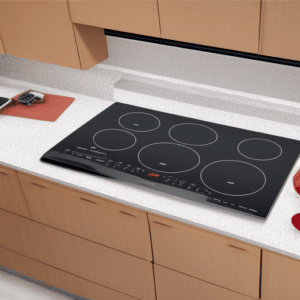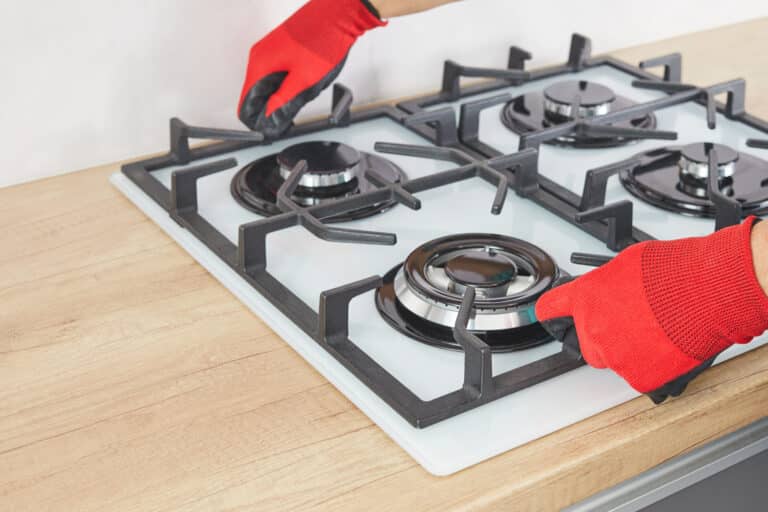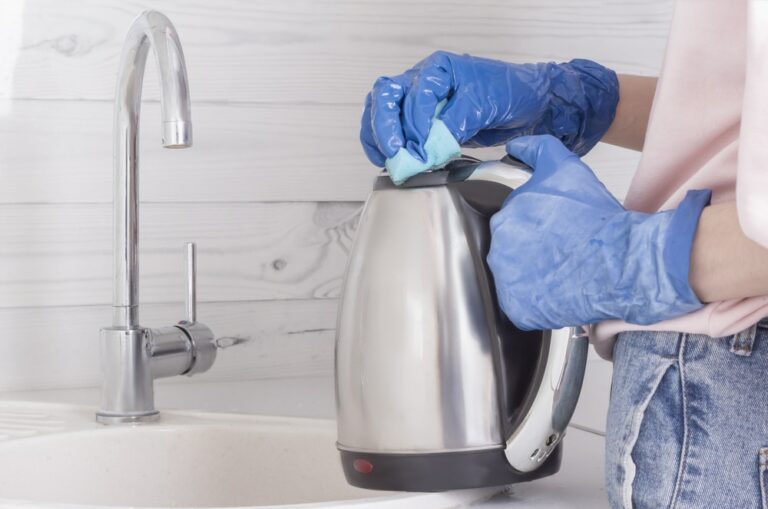Do you ever wonder how much power an induction hob uses? It’s a question that has perplexed many UK consumers. No need to worry – we’ve got the answers you seek! In this blog post, we’ll take a look at the average wattage for induction hobs and their energy efficiency ratings. Plus, find out what steps you can take to save energy with your own induction hob. So if you’re curious about just how much power does an induction hob use – keep reading to find out more.
Table of Contents:
- Induction Hob Power Usage: What You Need to Know
- Average Wattage for Induction Hobs
- Energy Efficiency Ratings for Induction Hobs
- Saving Energy With an Induction Hob
- Conclusion
Induction Hob Power Usage: What You Need to Know
Induction hobs are becoming increasingly popular in UK households due to their energy efficiency and fast cooking times. However, it’s important to understand how much power they use so you can make an informed decision when purchasing one.
When looking at the average wattage for induction hobs, you’ll find that most models draw between 1,500 and 2,200 watts of power. Most traditional electric or gas stoves require considerably less wattage than induction hobs, typically using between 500-1,000 watts of power. That said, the amount of energy used by an induction hob is still far less than a standard oven which draws up to 3,000 watts.
Energy efficiency ratings are also important when considering an induction hob, as this will give you a better idea of how much electricity your appliance will consume over time. Most modern models come with A+ or A++ ratings meaning they are more efficient than older versions and should help reduce your overall energy consumption costs.
It is important to understand the power usage of induction hobs in order to make an informed decision when purchasing one. Knowing the average wattage of an induction hob is a must to guarantee it can accommodate your culinary requirements.
Average Wattage for Induction Hobs
When it comes to induction hobs, wattage is an important factor in understanding the power consumption of your cooktop. The average wattage for induction hobs in the UK is typically between 2000 and 3000 watts. This range may vary depending on the model and size of your hob, but this is generally considered a good benchmark for comparison when shopping around.
The wattage used by an induction hob can be affected by several factors such as cooking surface area, number of burners, and type of pan being used. Using bigger pans or multiple ones simultaneously requires more energy than with smaller ones to heat them. Similarly, if you have multiple burners running simultaneously, then more energy will be needed overall to keep them all hot enough to cook with efficiently.
Induction hobs are an efficient and powerful cooking option, with average wattage ranging from 1.2 to 3.7 kW depending on the model and size of the hob. Moving forward, it is important to understand energy efficiency ratings for induction hobs in order to make informed decisions when selecting a product that meets your needs.
Energy Efficiency Ratings for Induction Hobs

Choosing the correct induction hob for your needs and finances can be made simpler by looking at energy efficiency ratings. The UK has two main energy efficiency rating systems – the Energy Saving Recommended (ESR) scheme and the European Union Energy Label system.
The ESR scheme was developed by the government in conjunction with manufacturers to promote energy-efficient products in the UK market. It rates appliances on their energy use, performance, and cost-effectiveness compared to other models available at that time. Appliances rated A+ or higher are considered very efficient and will save you money over time as they use less electricity than others on the market.
The EU Energy Label system also helps consumers compare different models of induction hobs when shopping around for one. This label gives an indication of how much power each hob uses per hour based on its wattage rating – usually between 1kW and 7kW – so you can get an idea of running costs before buying it. A lower wattage rating will result in a more efficient appliance, leading to reduced costs of operation over time.
It’s important to remember that these ratings only give an indication; actual results may vary depending on how often you use your hob, what type of cookware you’re using, and even where in your kitchen it’s located (as this affects ventilation).
Let’s look at how we can save even more energy when using an induction hob.
Saving Energy With an Induction Hob
Cooking with an induction stovetop can be a beneficial way to conserve energy, yet it necessitates extra know-how and effort on your part. To maximise energy savings while utilising an induction hob, here are some helpful tips to consider.
1. Use a timer – Setting a timer when you’re cooking will ensure that you don’t leave the hob running any longer than necessary. This is especially important if you tend to get distracted while cooking or forget about food on the stove.
2. Set the temperature correctly – An induction hob should always be set at just below boiling point; this ensures that it doesn’t use more power than necessary and prevents food from burning or sticking to the pan.
3. Don’t overfill pans – Make sure not to overload pots and pans as this can reduce their efficiency, meaning they take longer to heat up and use more energy in the process. It also makes them harder to clean afterwards.
4. Choose suitable cookware – Not all cookware is suitable for use with an induction hob, so make sure yours is compatible before using it; otherwise, you could end up wasting valuable energy (and money).
Once food has finished cooking, turn off the burner but keep it on top of what’s left of its residual heat until ready to eat. This will help retain moisture in foods like vegetables without having to use additional power unnecessarily.
Conclusion
In conclusion, it’s clear that induction hobs are a great way to save energy and reduce your electricity bills. On average, an induction hob uses around 2200 watts of power when in use – much less than traditional electric or gas hobs. With the right energy efficiency rating and some simple tips for saving even more power with your induction hob, you can be sure you’re getting the most out of this efficient cooking appliance while keeping costs low. So next time you ask yourself, “how much power does an induction hob use?”, remember these key points and get ready to start enjoying all the benefits that come with owning one.







